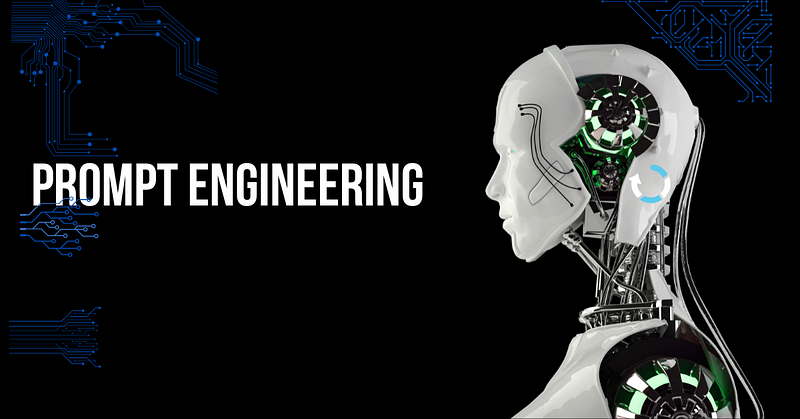
Introduction
The development of artificial intelligence (AI) systems, particularly in the field of language models, has brought about a need for effective techniques to control and optimize the output of these models. One such technique that has emerged is prompt engineering. This in-depth guide will provide you with a comprehensive understanding of prompt engineering strategies and their implementation, equipping you with the knowledge to effectively master the craft of AI prompt design.
The Essence of Prompt Engineering
Prompt engineering is the process of designing and refining prompts (input data) to an AI model, particularly a language model, to elicit the desired output. The prompts are meticulously crafted to provide direction and context to the AI model, helping it generate more accurate, relevant, and contextually appropriate responses.
Strategies for Mastering Prompt Engineering
Understand the Task: The first step towards effective prompt engineering is a thorough understanding of the task that the AI model is expected to perform. The prompts should be designed to guide the AI model towards fulfilling this task effectively.
Design Clear and Explicit Prompts: The prompts given to the AI model should be clear, explicit, and task-specific. Ambiguous or vague prompts can lead to inaccurate or irrelevant responses.
Use Contextual Information: Including relevant contextual information in the prompts can help improve the model’s output. The context can help the model better understand the task and generate more appropriate responses.
Test and Refine: Once the prompts are designed, they should be tested by feeding them to the AI model and assessing the generated responses. Based on the responses, the prompts can be refined and adjusted to improve their effectiveness.
Iterative Improvement: Mastering prompt engineering is an iterative process. It involves continuous testing, refinement, and adjustment of prompts to improve the model’s performance over time.
The Impact of Effective Prompt Engineering
By employing these strategies, prompt engineering can have a significant impact on the performance of an AI model:
Improved Accuracy: By designing clear and explicit prompts, the AI model can produce more accurate responses, leading to better performance and reliability.
Contextual Relevance: Including relevant context in the prompts can ensure that the model’s output is contextually appropriate and meaningful, enhancing its usability and effectiveness.
Enhanced User Experience: Prompt engineering can lead to a more satisfying user experience by ensuring that the AI model delivers accurate, relevant, and contextually appropriate responses.
Efficient Resource Utilization: Since prompt engineering focuses on adjusting the input data rather than modifying the AI model itself, it can be a more efficient way to improve the model’s performance, particularly for large and complex models.
Overcoming the Challenges in Prompt Engineering
Despite its benefits, prompt engineering does come with its challenges. The process of crafting the right prompt that is both explicit and flexible can be a complex task. Similarly, the same prompt may not work equally well across different models or versions, requiring iterative testing and refinement.
However, with a solid understanding of the task at hand, a clear design strategy, and a commitment to iterative improvement, these challenges can be effectively managed, leading to successful implementation of prompt engineering and optimization of AI models.
Conclusion
Prompt engineering represents a critical technique for optimizing the performance of AI systems, particularly language models. Mastering the art and science of prompt engineering requires a deep understanding of the task, a careful design of clear and explicit prompts, inclusion of relevant context, and an iterative approach to testing and refinement. While it presents certain challenges, the potential of prompt engineering to significantly enhance the accuracy, relevance, and user experience of AI systems makes it an invaluable tool in the AI developer’s toolkit.
This in-depth guide provides a comprehensive overview of the strategies for mastering prompt engineering, empowering you to effectively design and implement prompts in your AI applications.
Find more … …
Harnessing the Power of AI: A Deep Dive into the Art and Science of Prompt Engineering
Unlocking the Potential of AI: A Comprehensive Exploration of Prompt Tuning